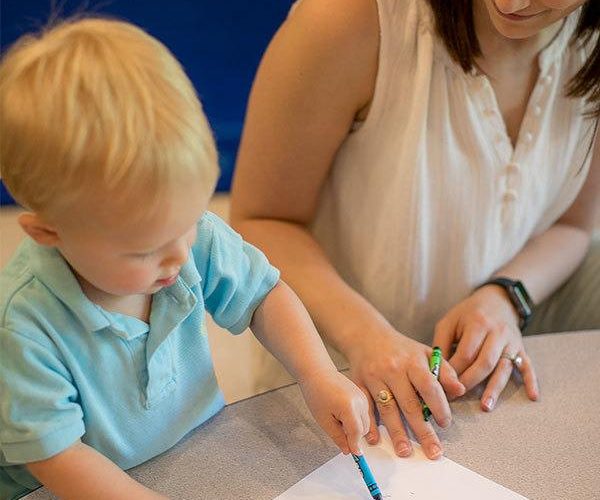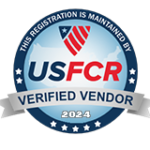Understanding ABA
Applied Behavior Analysis (ABA) is the use of behavior analytic methods, as validated by scientific research, to change socially important behavior in meaningful ways. These “socially important behaviors” may include communication and language, social skills, and adaptive behavior such as eating and toileting, among others.
ABA is considered an evidence-based best practice treatment by the US Surgeon General, American Psychological Association and many other professional organizations. “Evidence based” means that ABA has passed scientific tests of its usefulness, quality, and effectiveness. ABA therapy includes many different techniques. All these techniques focus on antecedents (what happens before a behavior occurs) and consequences (what happens after the behavior). Numerous studies have established that intensive and long-term therapy using ABA principles improves outcomes for many children with autism. These studies show gains in intellectual functioning, language development, daily living skills and social functioning.

HOW DOES ABA THERAPY WORK?
Understanding antecedents (what happens before a behavior occurs) and consequences (what happens after the behavior) of behavior is an important part of how ABA therapy works. Once the antecedent and consequence of a behavior is identified, a behavior analyst understands why the behavior occurs and how different consequences could affect whether the behavior is more or likely to occur again.
The strongest consequence, positive reinforcement, is one of the main strategies used in ABA. When a behavior is followed by something that is valued (a reward), a person is more likely to repeat that behavior. Over time, this encourages positive behavior change, allowing the behavior analyst to teach new behaviors or new skills.
WHAT DOES AN ABA PROGRAM ENCOMPASS?
The most important component of an ABA program is its individualization. In addition, it should be carried out by a team of highly trained individuals. An ABA program is overseen by a Board-Certified Behavior Analyst (BCBA) and/or Board Certified assistant Behavior Analyst (BCaBA) and implemented by a Registered Behavior Technician (RBT). For more information on BCBA, BCaBA and RBT credentials, please visit the Behavior Analyst Certification Board website (bacb.com).
The BCBA starts by completing an assessment of the child’s current skills using The Assessment of Basic Language and Learning Skills (ABLLS-R), Verbal Behavior Milestones Assessment and Placement Program (VB-MAPP), The Assessment of Functional Living Skills (AFLS), or a similar research-based assessment. The assessment results guide the BCBA in writing an individualized treatment plan, which could address communication and language skills, social skills, play and leisure skills, foundational learning skills, early academic skills, self-care skills, and problem behavior reduction. The BCBA and RBT measure progress by collecting data each therapy session. Daily data analysis helps guide programming and monitor progress.
Skills are taught through Discrete Trial Teaching (DTT) and/or Natural Environment Teaching (NET). Discrete Trial Teaching is a method of teaching in which opportunities to respond (trials) are presented one at a time (discretely), so that the learner can discern between the different skills being taught. DTT is the most widely used approach for teaching children with autism. Natural Environment Teaching is driven by the child’s motivation and occur in the environments that most resemble the child’s natural environments. Most importantly, NET promotes generalization, which is extremely important when teaching new skills.





